How do you choose a target time for a race? It’s a tricky thing to do. Too ambitious and you set yourself up to crash and burn (and possibly get injured) but too safe and you don’t reach your full potential.
I had a question about this very subject left on one of my blogs the other week that I’d like to answer in more details. I’m sure a lot of people can relate to it…
“I am curious as to how much you need to improve from the beginning of your plan until race day in order to achieve your 99 minute goal — that is, what do you think your half time would have been at the beginning of the plan versus at the end of the plan? I ask because I am training for a marathon in December, but have no idea what my pace will be by then. I realize that your results and ability to increase speed may have little or nothing to do with my own, but I am curious (if you don’t mind sharing).
Thanks and happy running.
Richard”
I’ll answer specifically about my current goal to run a 99 minute half and more generally about the runners I work with and how we assess what a good goal time might be for them.
My race goals
In February this year I ran Cambridge half marathon in 1:41:48. I’d trained for this race over about 10 weeks and it was the first time in quite a while that I’d trained specifically for a half marathon. I took about 3 minutes off my official half marathon time (I’d run a 1:41 on a 0.5 mile short course) and I was happy with my time.
My goal for the next half marathon is sub 1:40 – anything under 100 minutes would be great because it has a nice ring to it. The number motivates me in a way that’s important to make me push myself.
Achieving my goal means taking more than two minutes off my recent PB. This might not sound like a lot, but I’ve already improved at the half marathon this year and the more recently you’ve trained and improved at a given race distance, the less substantial gains there are to be made.
Once I started training for the Great Eastern Run this summer a few things had changed which affected how much and how I can train. One factor is having to keep my legs working (niggle and injury free) so that I can run with my run groups to keep paying the bills. My own training sits at four runs a week, somewhere between 30 and 40 miles a week.
So I took these points into consideration: how much training can I do right now? how much room is there for improvement (as in how new/old is the PB)? and how motivated am I to train?

Post Cambridge half beer
General advice for runners
What is your current running fitness?
As I’d run a half marathon at the start of the year, and then went on to PB at the marathon this spring, I had a pretty good idea of what my running fitness was like.
You don’t have to have run the distance that you’re training for though, a 5k or 10k race can be a good way of gauging your current fitness for longer races. You can pop these times in a race time predictor to give you an idea of what you might be able to achieve at other distances with some training.
The mistake I see runners make is to think they can pick up where they left off six months ago. So your old marathon PB is 4:04 and you’d like to run sub-4. But if you’ve had six months off running through illness or injury or just lack of motivation, that’s going to be a bigger challenge than just taking 4 minutes off your time.
Is it a new distance?
The first time you run a new distance, you’re going to set a PB, and for a lot of runners it’s an achievement enough to finish the race. But for others, they like to have a time goal too. Particularly if they think they’re only going to do this distance once (a lot of marathon runners tell me they’ll only do one so they want to set a time that’s good for them).
For shorter races (5k, 10k and possibly half marathon depending on your level of running) it’s likely that you’ll do close to or even over the distance that you’ll run on race day as part of your training. In which case this will give you an idea of what you might be able to run under race conditions.
Again, you can also use a race time predictor to help you establish a goal. Remember to input recent race times to give you a realistic result, so not a lifetime PB that’s five years old. And the closer in distance the time you input is, the more accurate it will be – a half marathon is a better indicator of marathon times than a 5k result is.

Arbitrary time goals
Sometimes runners pick arbitrary time goals, like I have in choosing to run under 100 minutes for the half, or like I did when I wanted to run a sub-4 hour marathon the first time. These times don’t mean anything other than what we’ve made them signify – they can be a great motivator but also a mental block.
The problem with arbitrary time goals is that we sometimes pick them without thinking about how they translate to our own running – they’re often goals not based on our fitness but number of a clock that sound good. I was guilty of this when I trained for my second marathon and wanted to go from 4:31 down to sub-4 – I hadn’t considered fully what this meant. I’d just heard other people talking about it and decided that was a ‘good’ time. I’d based it on other people’s running, not my own.
Break your goal down to a minute per mile pace and see how that feels. While a sub 2 hour half marathon has a nice sound to it, it might be that holding a 9:07 mile pace for 13 miles sounds quite far from what you can do right now.
5% rule
So how much is a reasonable improvement to expect in one training cycle? Generally 5% is a good upper estimate, but as I’ve discussed above, this depends on how recently you’ve trained for that distance, how long you’ve been training and what time you can commit to training this time round.
You’re not going to see this improvement in a few weeks – this applies to a full training cycle of 16 weeks.
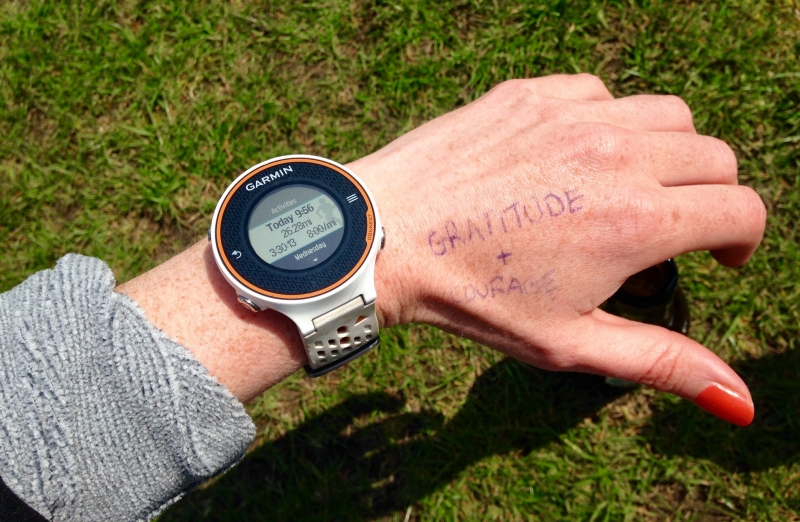
The downside of experience
When you’re new to running you see great improvements quite quickly, and PBs fall thick and fast with relative ease the first few times you race. But this doesn’t last. Over time, the amount of time you’re able to take off your PB can get smaller and smaller.
That ‘disastrous’ second marathon I ran where everything went wrong still resulted in a 17 minute PB. I can only dream of taking that many minutes off my marathon time now.
Goals aren’t set in stone
I’ve gone on for quite a while on this subject, so one last point (though I could go on). Remember that there’s nothing holding you to a time goal you set if you think it’s too ambitious or too low. You can readjust it as you go through training and I’d encourage you to do this.
Sometimes things don’t go to plan and sometimes they go better than expected. This year I wanted to qualify for Boston Marathon – I needed to run a marathon under 3:35 and if I’d turned up on race day with that still as my plan I’d have finished 5 mins slower than I did. My last few weeks of training told me I had a 3:30 marathon in me and so that’s what I set off to run.
Assess – set your goal – train – reassess – adjust – race.
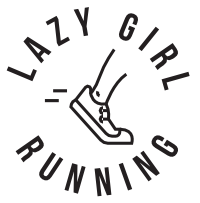

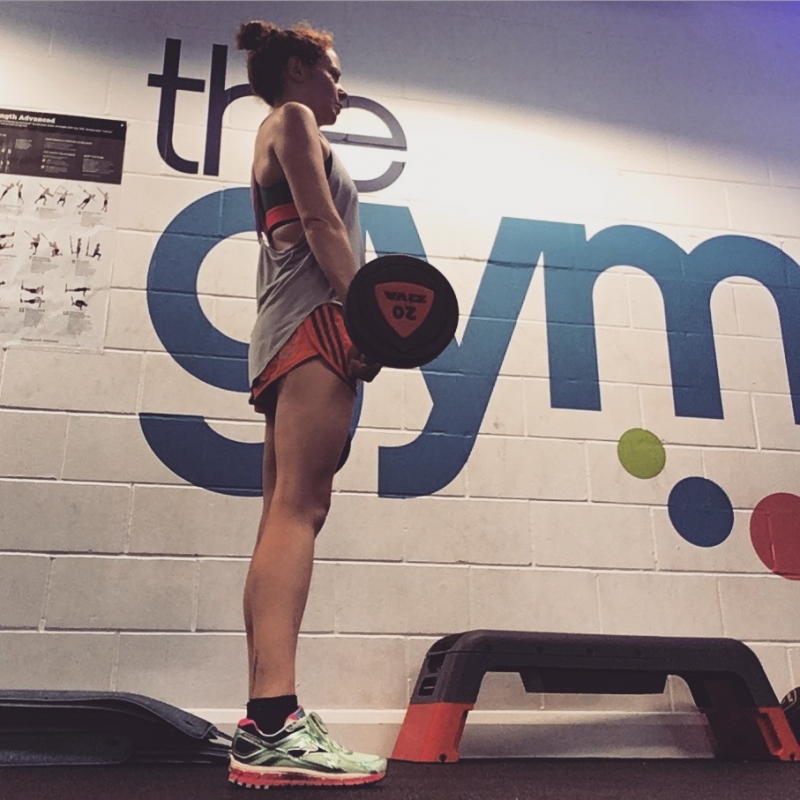

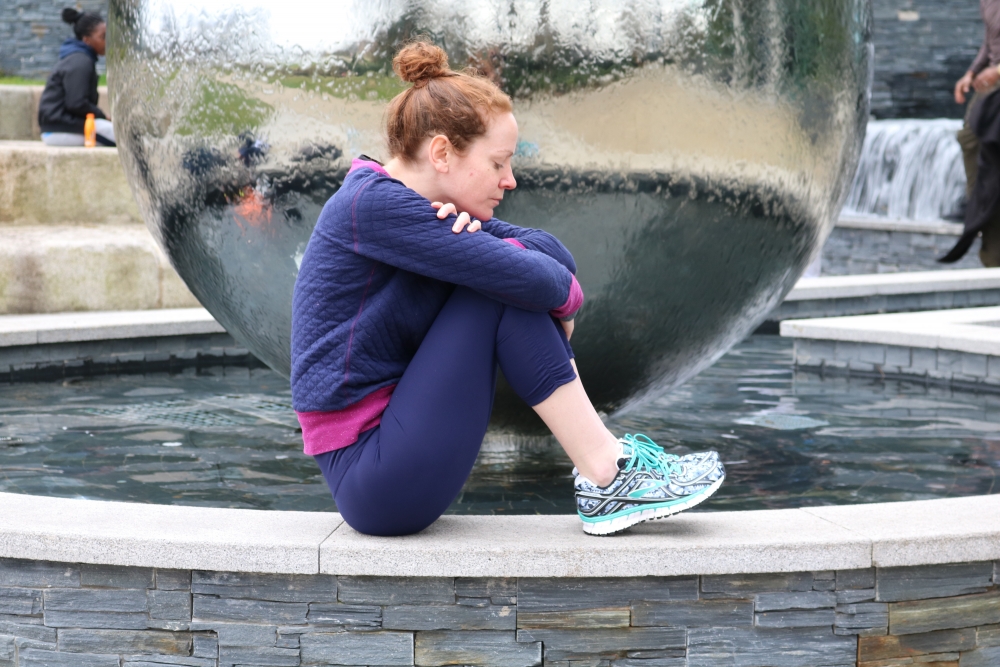
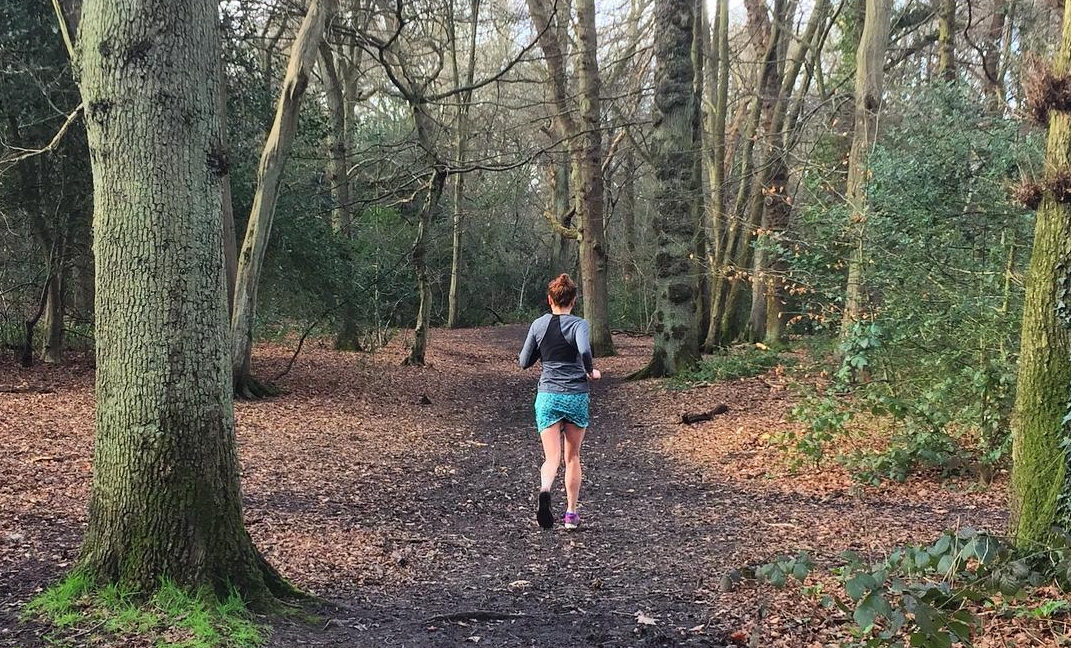
With my second marathon 5 weeks away I definitely think about this a LOT! I made way too many time goals for my first and none of them happened! Except for perhaps the most important goal…. I finish feeling happy and pretty strong. I’d love to run sub-4 and think it is possible (this would be taking about 10 minutes off my first marathon) but I’m also hesitant to put a ton of pressure on myself. I’ve done so many different things this training cycle – including running more, tougher works, longer training cycle – that I just want to ultimately improve my time.
I found your advice on picking a training goal to be insightful and helpful. Unfortunately, I think that I’ve picked a goal that is outside my realistic expectations. Although I am not always good at it, I am going to view my training as a “marathon not a sprint” and try to set a more realistic time goal for the race that is immediately in front of me, while keeping my eye on the long-term goal for races down the road.
Keep on running and writing. I, for one, enjoy your blog a lot.
Richard C.